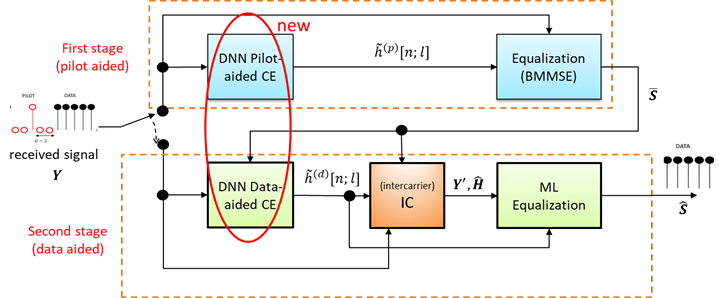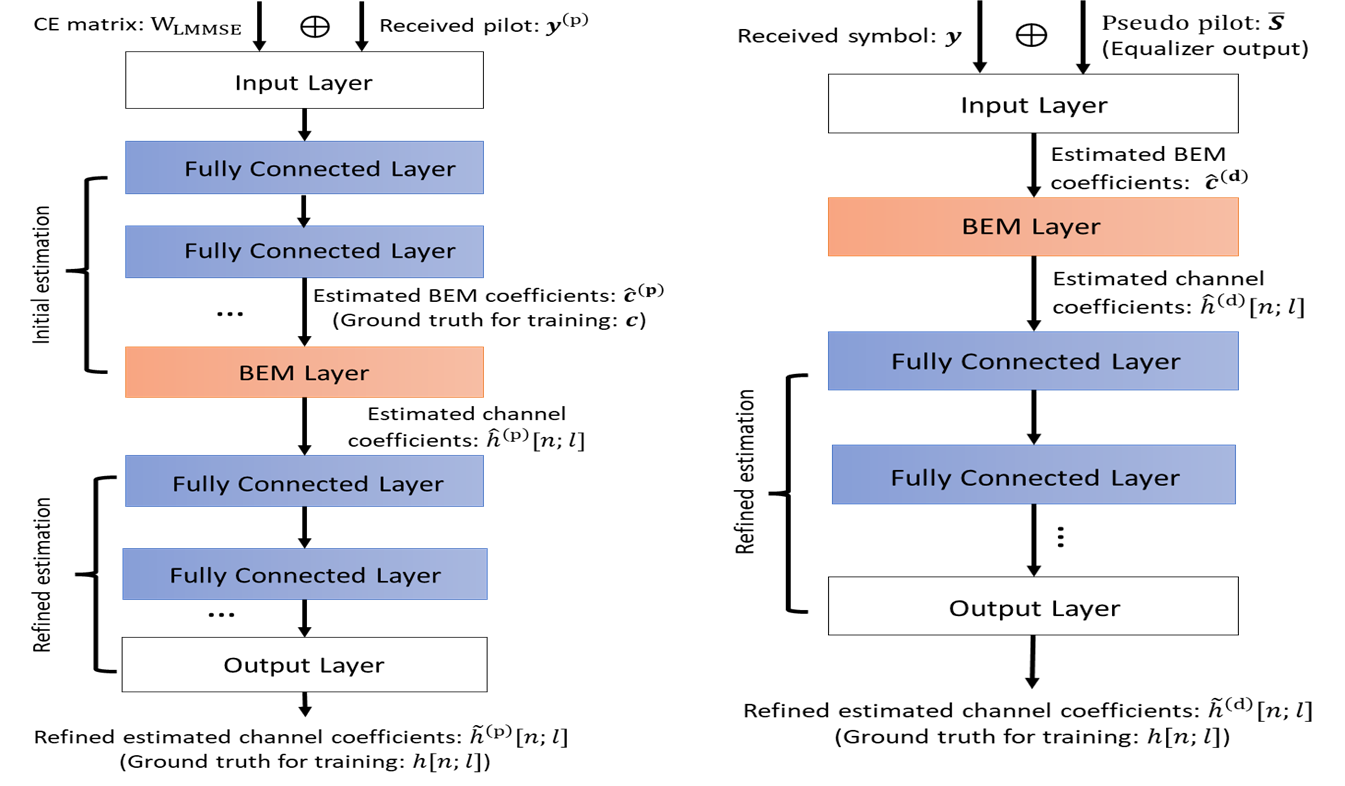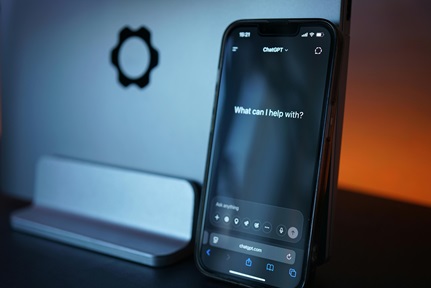
One-Step DNN Receiver with Linear Complexity for Extreme Mobility OFDM Communication
Synopsis
This invention presents a basis expansion model deep neural network (BEM-DNN) receiver that offers a solution for high mobility OFDM communication, enabling efficient channel estimation and signal detection in doubly selective channels. Its two-stage process, incorporating BEM-DNN for channel estimation and hybrid equalisation, promises near-optimal performance with low complexity. This technology is applicable to vehicular, train, underwater, and Low-Earth Orbit (LEO) satellite communications, and supports 5G+/6G, mm-Wave, and new Wi-Fi and radar standards.
Opportunity
High mobility communications are integral to 5G due to the deployment of high-speed railway systems, highway vehicular communications systems and low-altitude flying object systems. These environments often involve fast time-varying channels caused by moving transmitters, receivers, or signal reflectors, along with high frequency selectivity due to multipath propagation. Such doubly selective channels (DSCs) present challenges for channel estimation and signal detection. Advanced deep neural networks (DNNs) have shown great promise in various fields, and their potential can be harnessed to address channel estimation and symbol detection problems under DSC conditions in OFDM communication systems.
Technology
The proposed two-stage scheme, 2s-BEM-DNN enhances channel estimation and data detection performance. The first stage involves pilot-aided channel estimation and banded-MMSE detection, followed by data-aided channel estimation, inter-carrier interference cancellation and maximum likelihood detection in the second stage. The BEM-DNN is utilised in both stages for pilot-aided and data-aided channel estimation. This model includes a BEM layer to convert BEM coefficients into time-domain channel coefficients, refining channel estimation. The combination of BEM-DNN channel estimation, hybrid equalisation (BMMSE, ML), and inter-carrier interference cancellation achieves effective joint channel estimation and equalisation. This architecture is applicable and extensible to various implementations, providing strong intellectual property value.

Figure 1: Block diagram of the proposed 2s-BEM-DNN receiver.

Figure 2: Block diagram of DNN pilot-aided and data-aided channel estimators.
Applications & Advantages
Main application areas include:
- Vehicular communications
- High-speed train communications (600 km/h)
- Underwater acoustic communications
- Low-earth-orbit (LEO) satellite communication, e.g. StarLink.
- OFDM is the main waveform used in 4G/5G cellular standards and many Wi-Fi standards. Thus, this invention is also applicable to:
- 5G+ and 6G, due to backward compatibility requirements.
- mm-Wave cellular radio (Release 16, 30-60 GHz)
- New WiFi (802.11ad, 802.11bd, 60 GHz)
- New joint radar communication system (77 GHz, 120 GHz) standards
Advantages:
- Near-optimal performance
- Low complexity
- Efficiently handles doubly selective channels
- Application to a wide range of OFDM communication scenarios



.tmb-listing.jpg?Culture=en&sfvrsn=462ec612_1)











